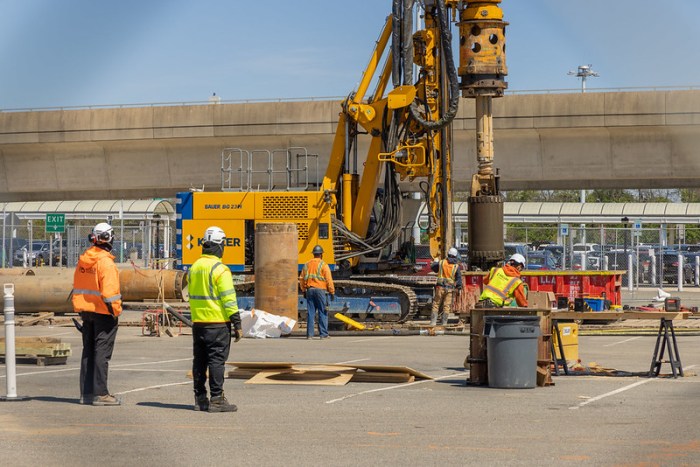
The need for new public schools and improvements to existing ones are essential elements sometimes overlooked when Mayor Bill de Blasio’s affordable housing and rezoning initiatives are discussed.
And even without those initiatives, school overcrowding remains a significant problem. To start dealing with it, the city recently expanded its five-year capital plan. In May, city officials proposed 32,629 new seats, now the plan calls for 44,348. The price tag for school construction is now $14.9 billion over the next five years.
But, as with so much decision-making in NYC, questions emerge as the details are unearthed. Construction for more than 5,000 of the new seats — about 12 percent — won’t start until at least 2019, according to a city Independent Budget Office analysis of the plan. About half of those seats will be designed during the next five years — but construction won’t start until later. So those projects — in key neighborhoods such as Williamsburg, Tremont, west midtown and Astoria — won’t be completed until somewhere between 2020 and 2024. And that’s assuming that when we get there, the money is still available.
Beyond that, the five-year plan doesn’t adequately address the needs of at least two overcrowded districts in south Brooklyn and eastern Queens. District 22 in Brooklyn, which covers Mill Basin and Midwood, needs more than 5,000 seats, but will get fewer than 500, according to the budget office. In District 26 in Bayside, where similar discrepancies between need and new seats exist, plans for a new high school might have helped, but were scrapped because of community objections over location.
And the office’s analysis of current overcrowding doesn’t account for the potential influx of new housing if de Blasio’s zoning proposals are approved.
Reductions in class sizes and building overcrowding must be key goals for NYC. The city’s efforts to add seats are good steps, but don’t go far enough. Officials must speed up timetables, spread the seats to every district with need, and find creative ways to clear away roadblocks.
You can’t responsibly build new housing without key infrastructure.

















